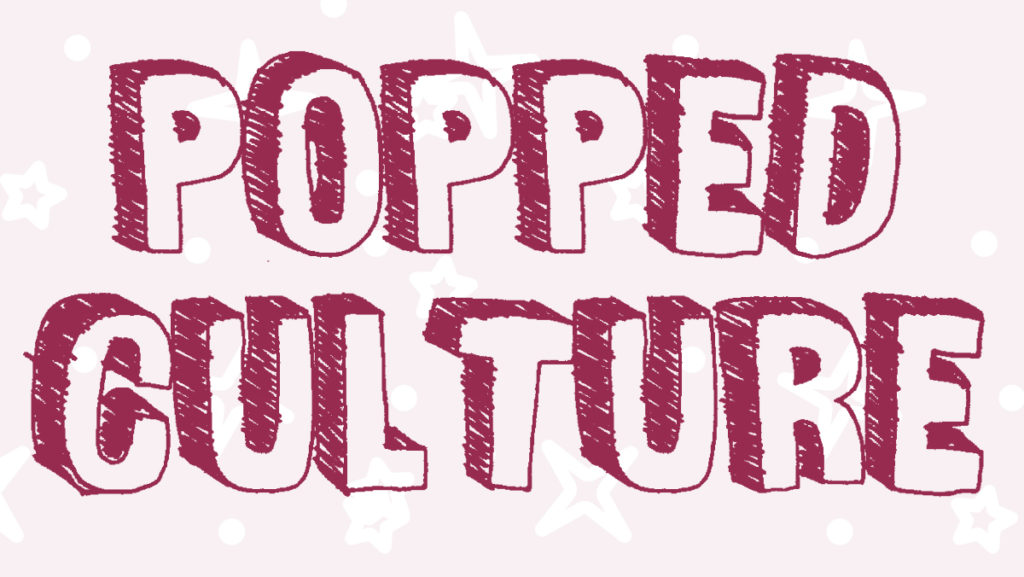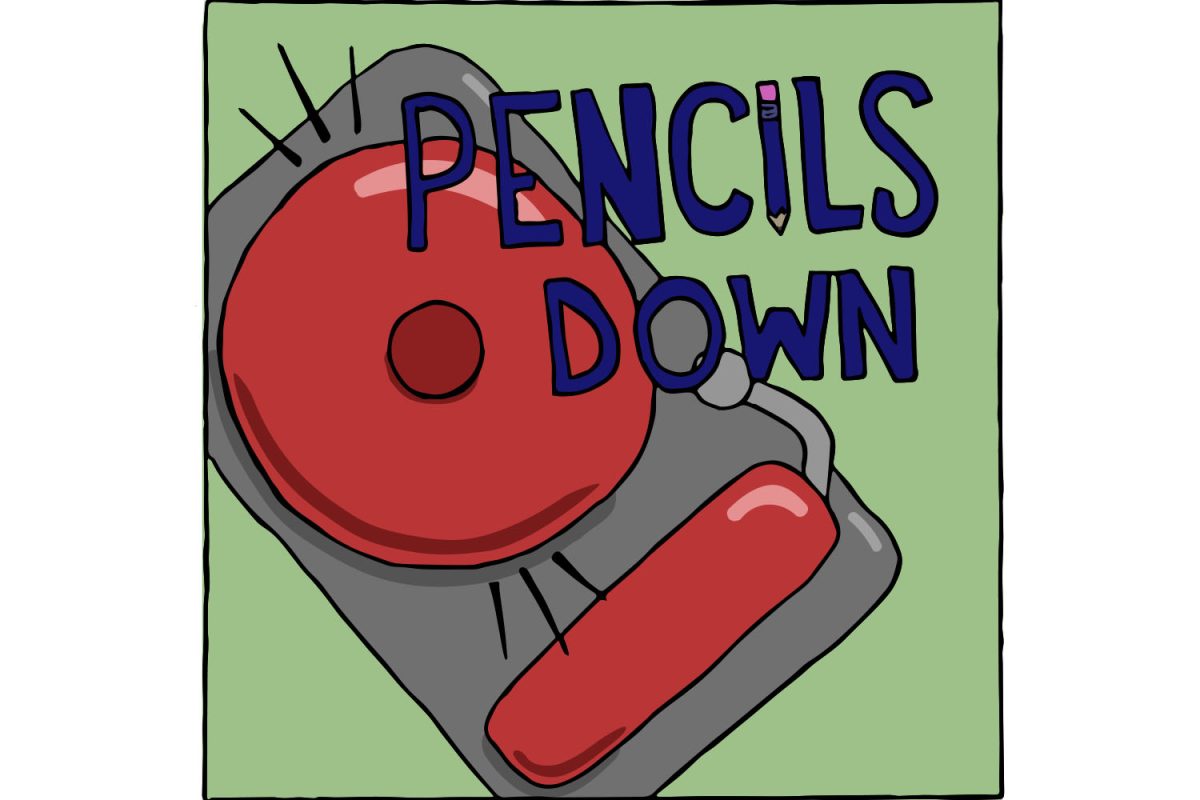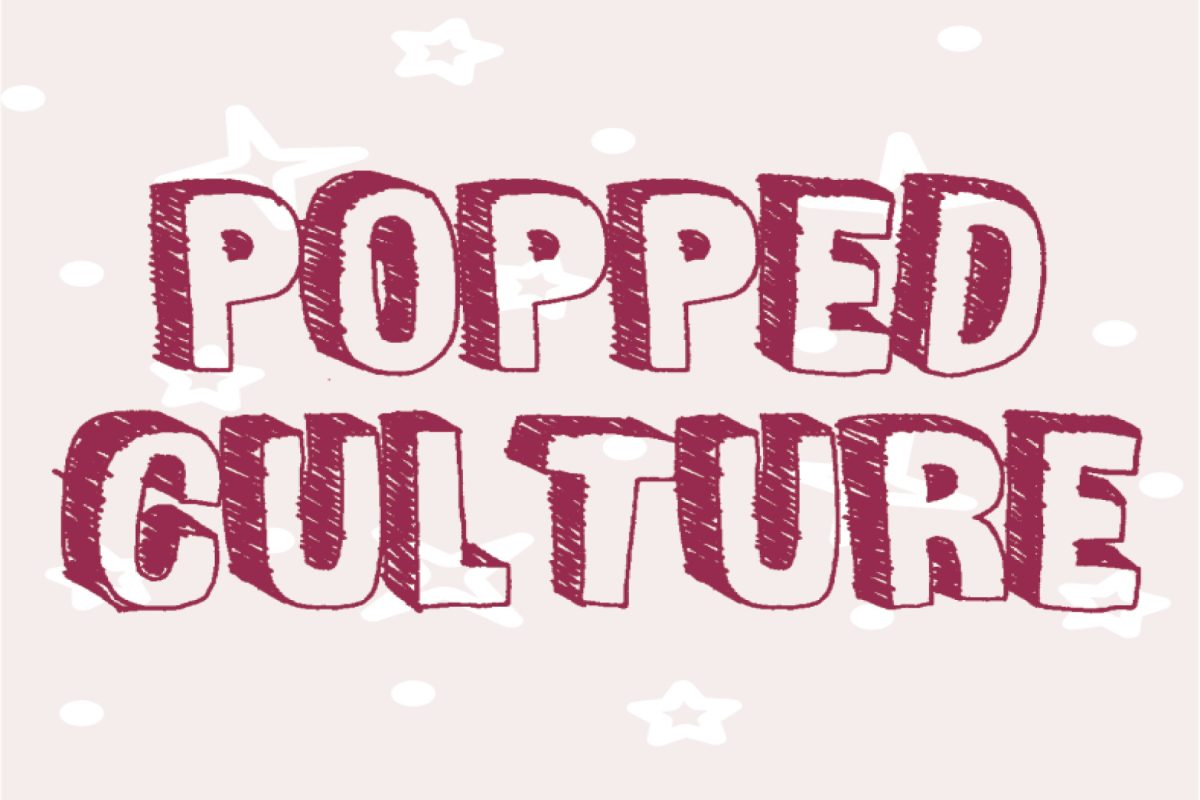“Unless someone like you cares a whole awful lot, nothing is going to get better. It’s not.” – Dr. Seuss, “The Lorax”
As an environmentally conscience child whose physche was terrorized by climate change, these words offered me comfort and hope. But a big part of growing up for me was realizing that these words were not necessarily true. Climate change is a systematic problem that can not be solved by a single person making personal sacrifices. It can not be solved by 500 people making personal sacrifices and our media needs to reflect that.
“The Lorax” is useful for introducing children to climate change but the issue is much more complex than what can be easily expressed in a picture book. It is only the introduction to the first chapter of something an entire college major can be designed around. It can not be the primary piece of media we look to discuss climate change. To understand climate change and its wide range of consequences, we need a wide range of media taking on different perspectives.
“Don’t Look Up,” a climate change allegory film about two scientists trying to warn the world about a comet that will inevitably destroy the Earth. The film came out in December 2022 and brought discussion on science denial into the limelight. The film stands out for many reasons; it does not sugar coat the terror of climate change, it does not make its audience feel hopeful, it does not present climate change as something an individual person can solve and its not for children. Where “the Lorax ” pats you gently on the head, “Don’t Look Up” screams in your face and that is exactly what a passive adult audience needs.
However, “Don’t Look Up” is more about climate denial and our hesitancy to act than it is about climate change itself. This is not necessarily a bad thing, its this is a topic that needs to be discussed, but the film doesn’t capture the slow moving impact of climate change. There is no exact day of impact like there is for a comet.
Admittedly, climate change is a difficult topic to discuss in fiction. There are so many moving parts, and it’s hard for one piece of media to capture it all, impossible even. It’s also very easy for authors to come off as preachy and lose their audience completely. James Patterson tried his hand at discussing climate change in his YA novel series “Maximum Ride.” While most of the series focuses on genetically engineered kids with bird wings running away from the evil scientists that created them, in the fourth book, “The Final Warning,” the kids find themselves working with some good scientists researching climate change.
The book is a strange installment in the story as the rest of the series has nothing to do with climate change and is full of instances of the main character, Max, giving climate change facts directly to the reader.
Simply dropping climate change themes and facts into a story doesn’t work. The themes need to be built into the world to be successfully explored. Hayao Miyazaki’s “Princess Mononoke” is a beautiful and brutal film that explores humanity’s relationship with nature. The story is about a prince who becomes involved in a war between a mining town and the gods of a local forest. The film does a fantastic job of showing the dual edges of industry. Lady Eboshi, the leader of the mining town, is clearly cutting the forest to expand the town’s industry, but she has also created jobs in the town for people who may not otherwise have them, like women and the disabled. The town’s extraction of resources is harmful, but it has also greatly improved the lives of the people who live there. This is why the cycle of humanity taking from the environment is so hard to break. But inevitably we will need to find a balance.
Due to its slow and ever present threat, climate change all too easily falls into the background of our lives, and while we don’t need to hyper focus on it at all times we need to keep the discussion going. Exploring media that bring these topics to the forefront will make sure we keep talking.





